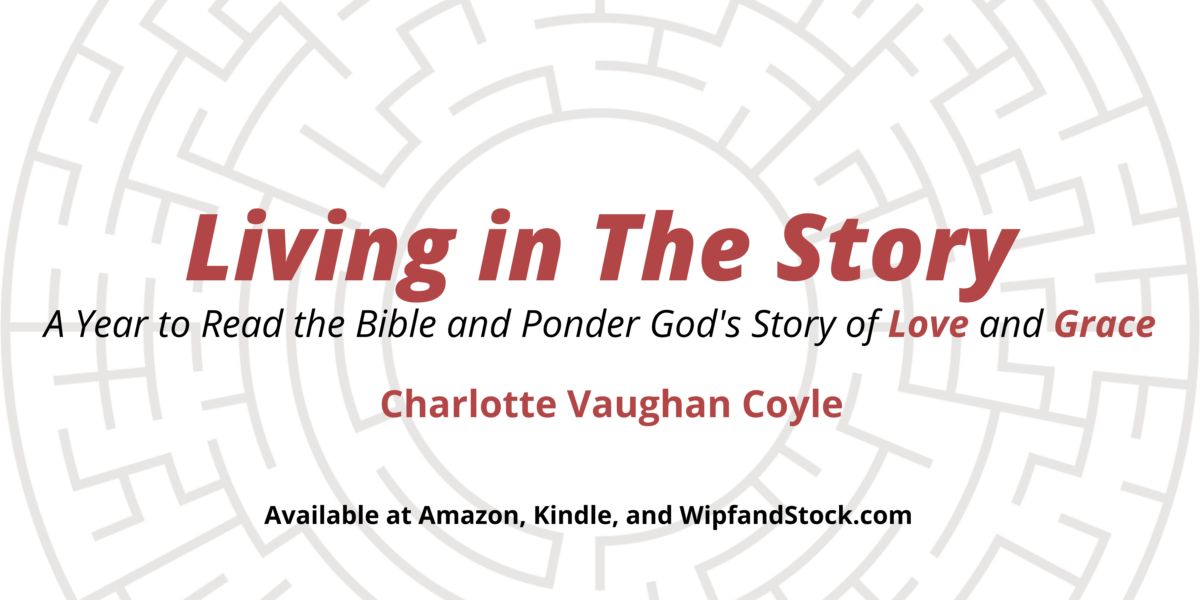Several years ago, my husband and I attended Purim services at the synagogue of our friend Rabbi Jeffery. Purim celebrates and commemorates the story of Esther, and the synagogue service we attended was truly a hoot. I normally don’t describe worship services as a “hoot,” but that was before I participated in Purim.
The children dressed in costumes, most of the girls as Esther, many of the boys as the king or as Mordecai. Even some of the adults got into the fun; one couple came as Groucho and Harpo!
The Scripture was cantored, that is, sung in a disciplined singsong as is typical in most Jewish worship services. All the reading was done in its original language, Hebrew, but even so, even those of us who did not understand Hebrew still recognized the name of the hated Haman. Whenever his name was mentioned, we booed and hissed and rattled our noisemakers, trying to drown out the sound of his name.
Afterwards, when we gathered for refreshments in the community room, the favorite cookie was called “Haman’s Ear” (another reason why I say it was a hoot). Jewish worshipers really get into Purim. They “get into it” by thoroughly enjoying themselves and having fun with the story, but they also get into it by making it personal. As at every Passover Seder meal, Jewish worshipers affirm, “God delivered us from the land of Egypt, from the house of slavery,” so at Purim and other times as they remember their history, they confess, “We were saved from disaster.”
As you read the fascinating books of Esther and Jonah (this week and next), read them as within the genre of short stories or novellas. Watch the way the storyteller sets the plot and develops the characters. Listen for the historical context since they both are told within the real history of Israel. Try to make time to read the entire book in one sitting.
As you read, consider how these stories address the core eternal questions we have named before: who is God? and who are we as God’s people?
The story of Esther and her uncle Mordecai are tales from the Diaspora. After the Exile, many of those who had been forced to leave their homes in Palestine built new lives in foreign lands all over the world—the setting of Esther and her Jewish community.
During the time of Jesus, because of the Diaspora, there probably were more Jews living in Alexandria Egypt than there were living in Jerusalem. And remember the stories you’ve heard about the Jewish people Paul encountered on his missionary journeys; Jews were well-established citizens in cities all across the Roman Empire.
In spite of this widespread presence and the good intentions of Jews to be good citizens in their adopted nations, history (as well as current events) documents repeated pogroms and periods of persecution against the Jews.
A popular Jewish saying even in our day is “They tried to kill us. We survived. Let’s eat.” That’s the Esther story in a nutshell.
Read more at Charlotte Vaughan Coyle. Living in The Story: A Year to Read the Bible and Ponder God’s Story of Love and Grace (pp. 161-162). Resource Publications. Kindle Edition.

